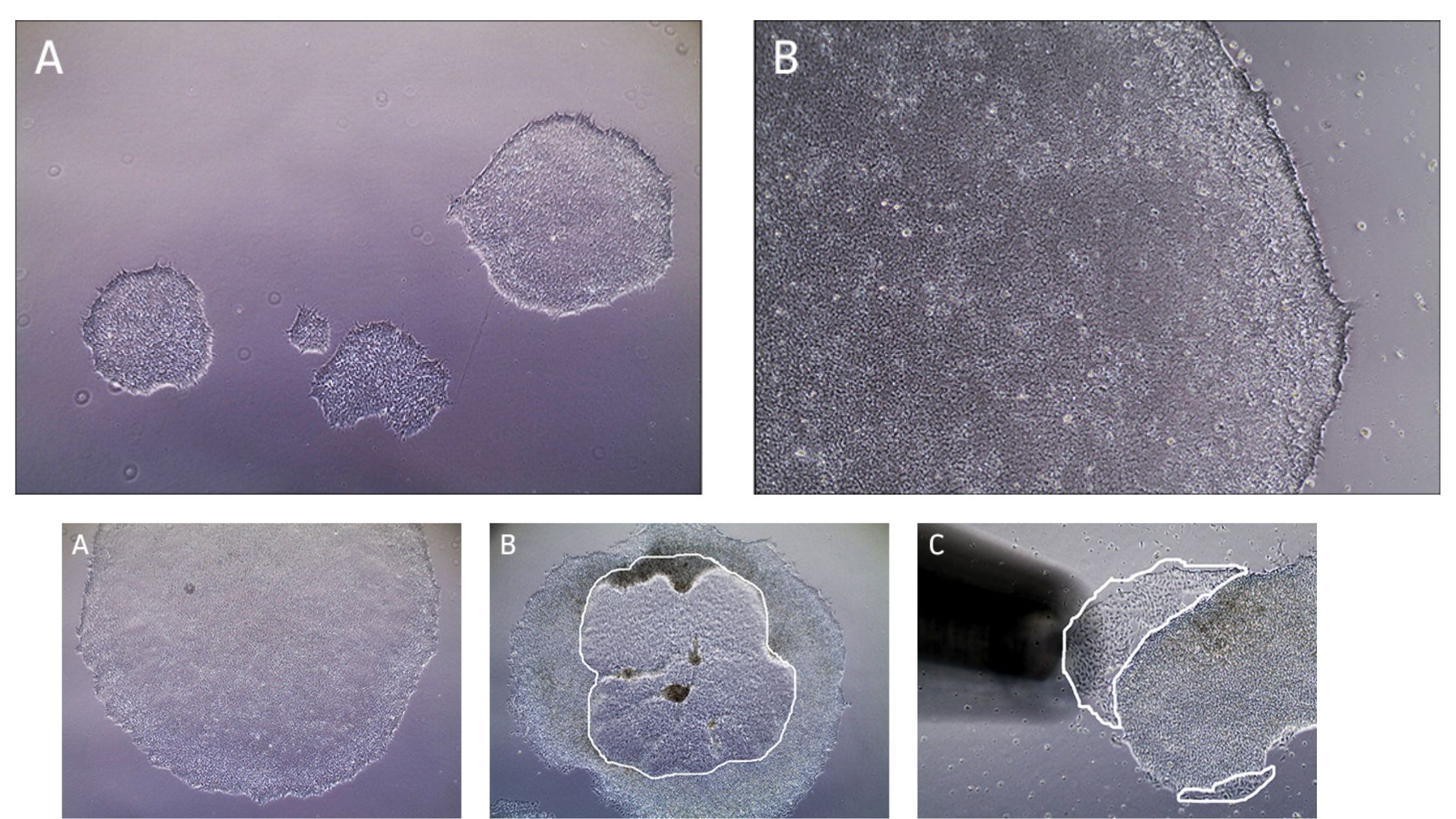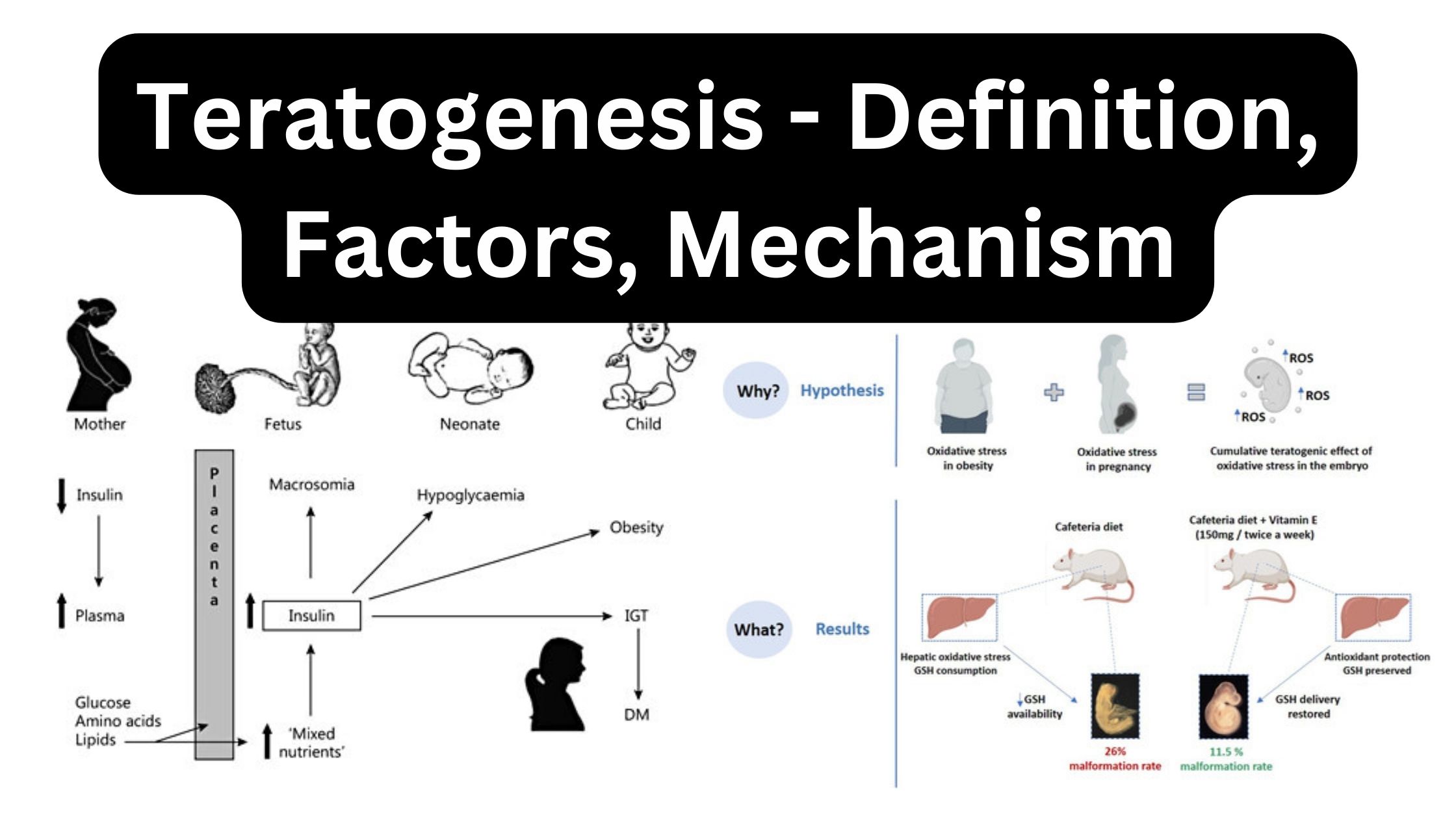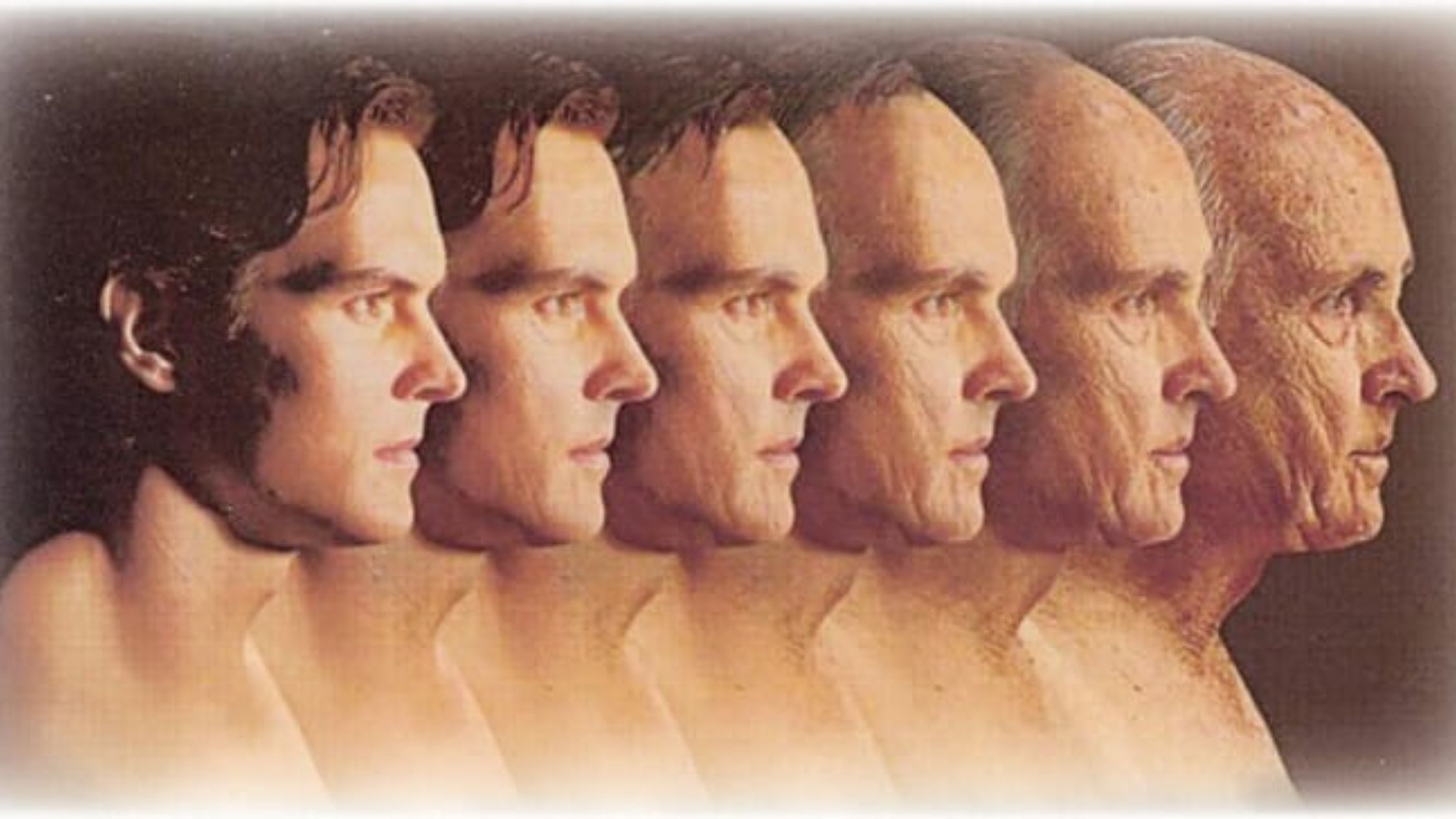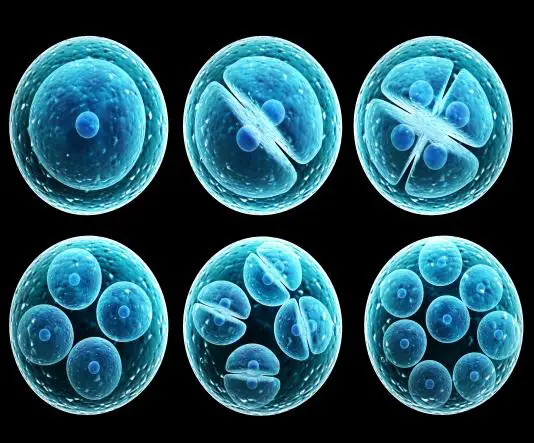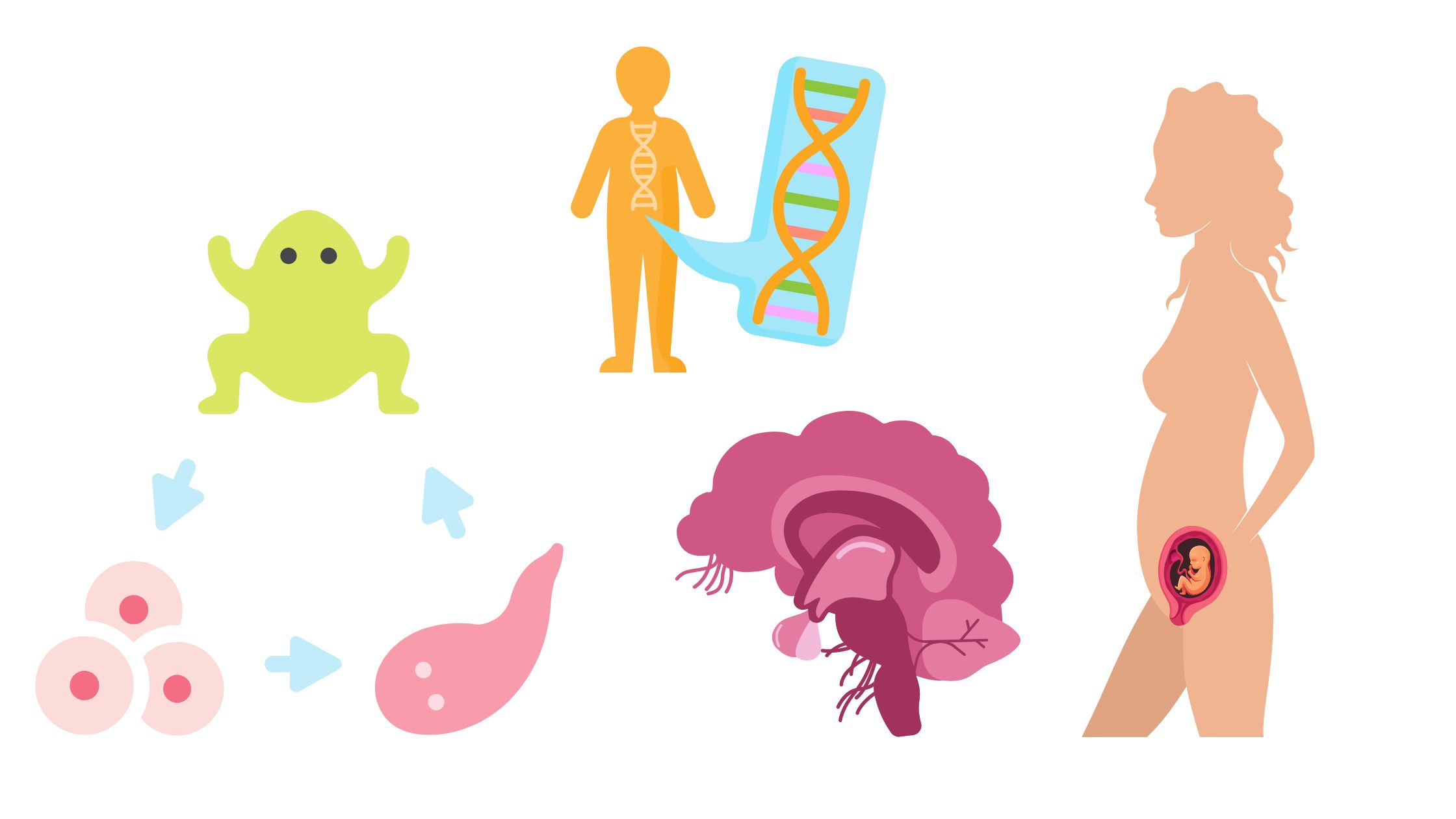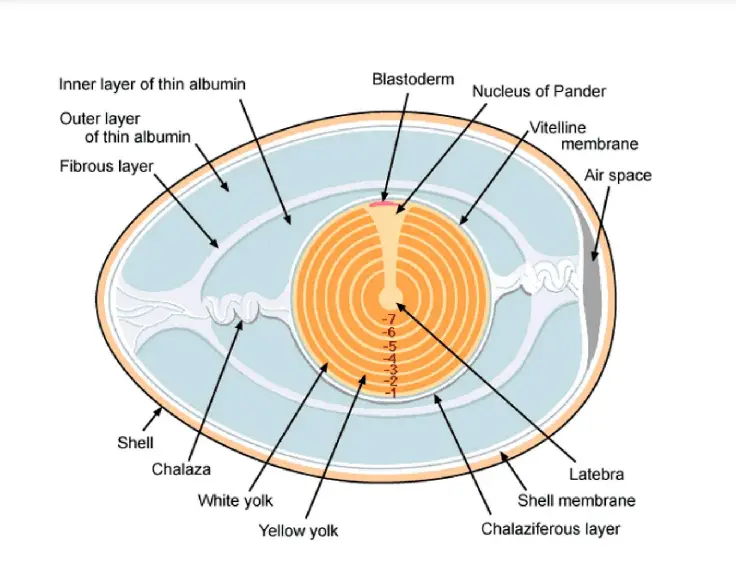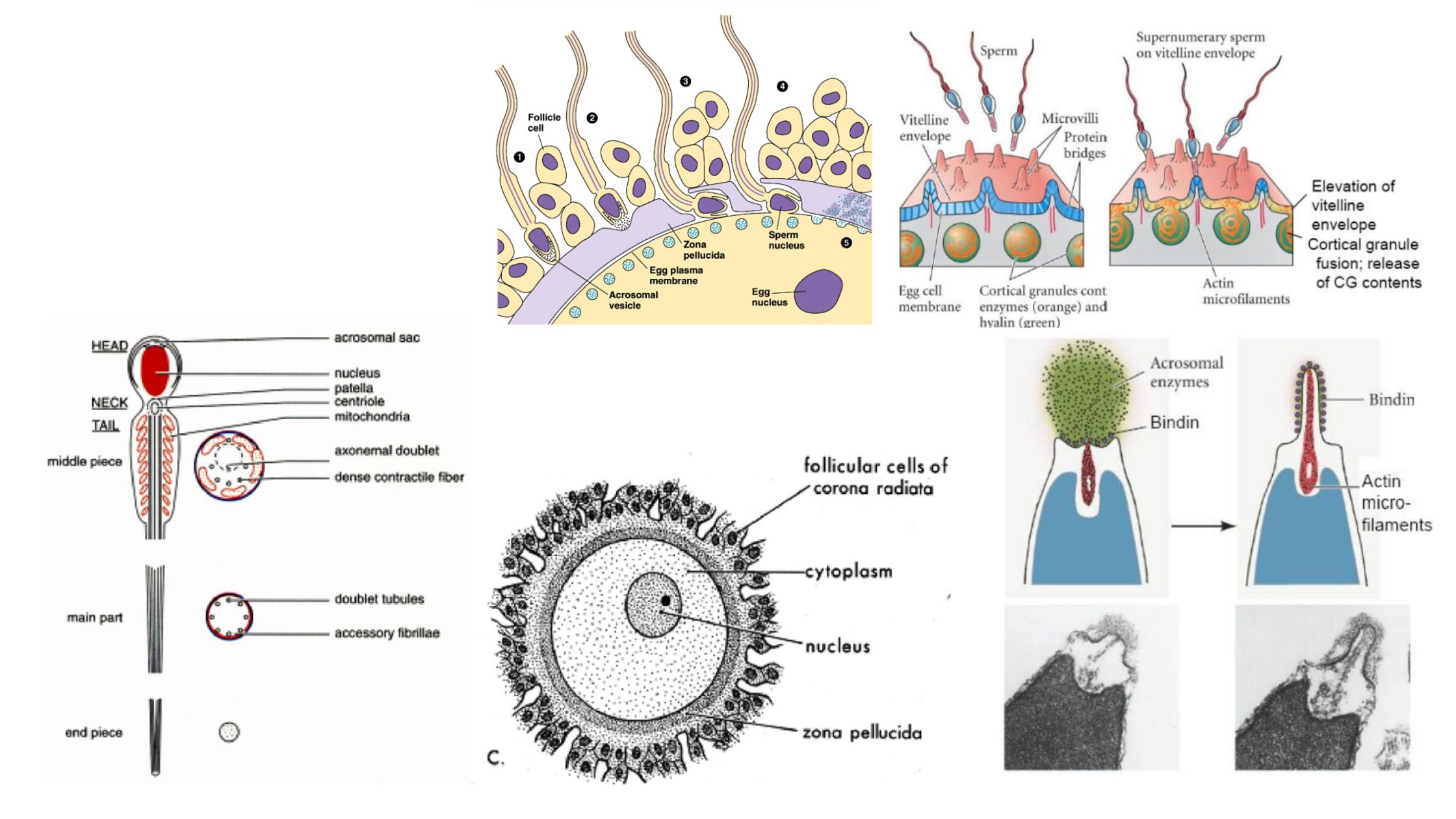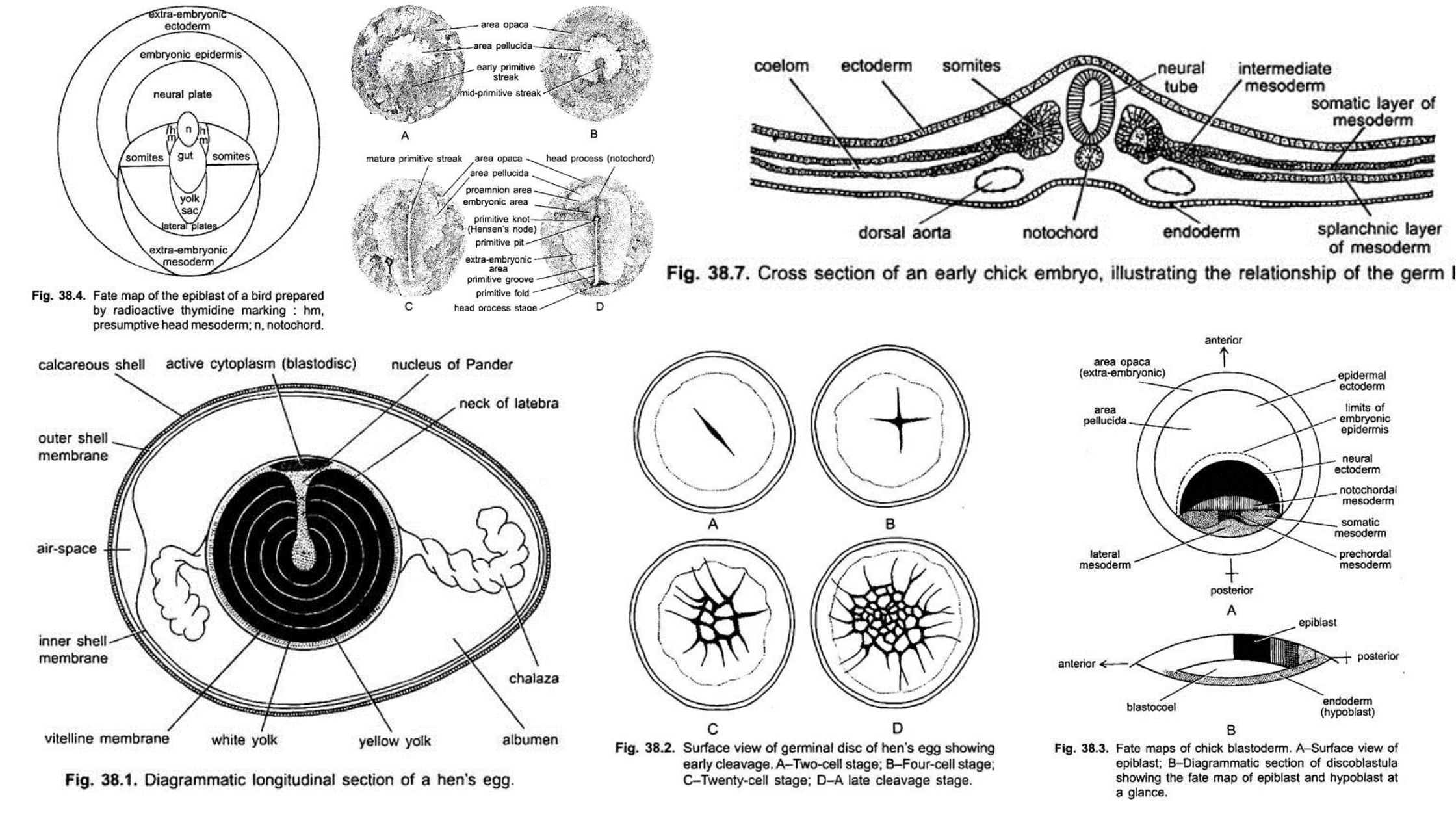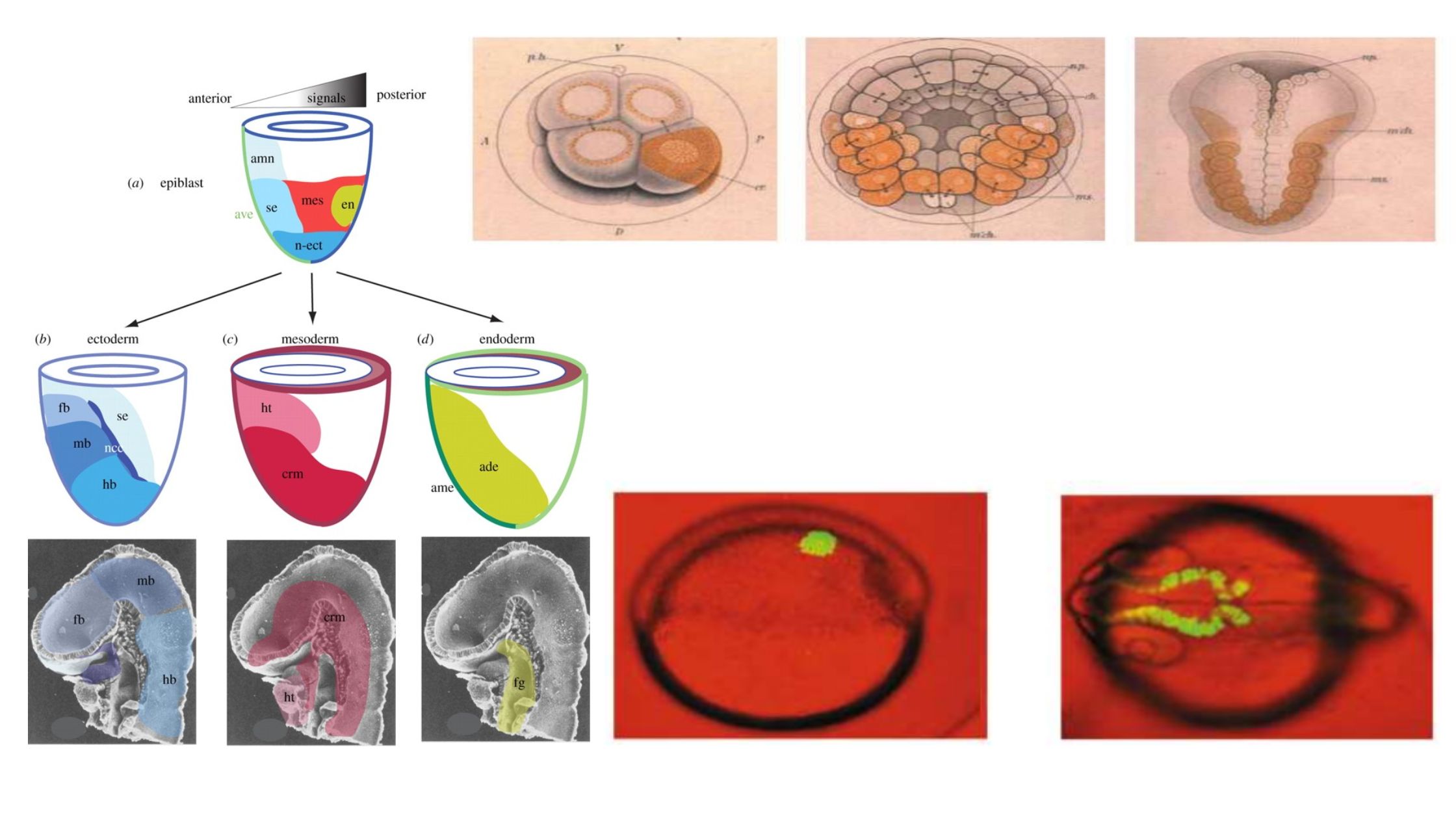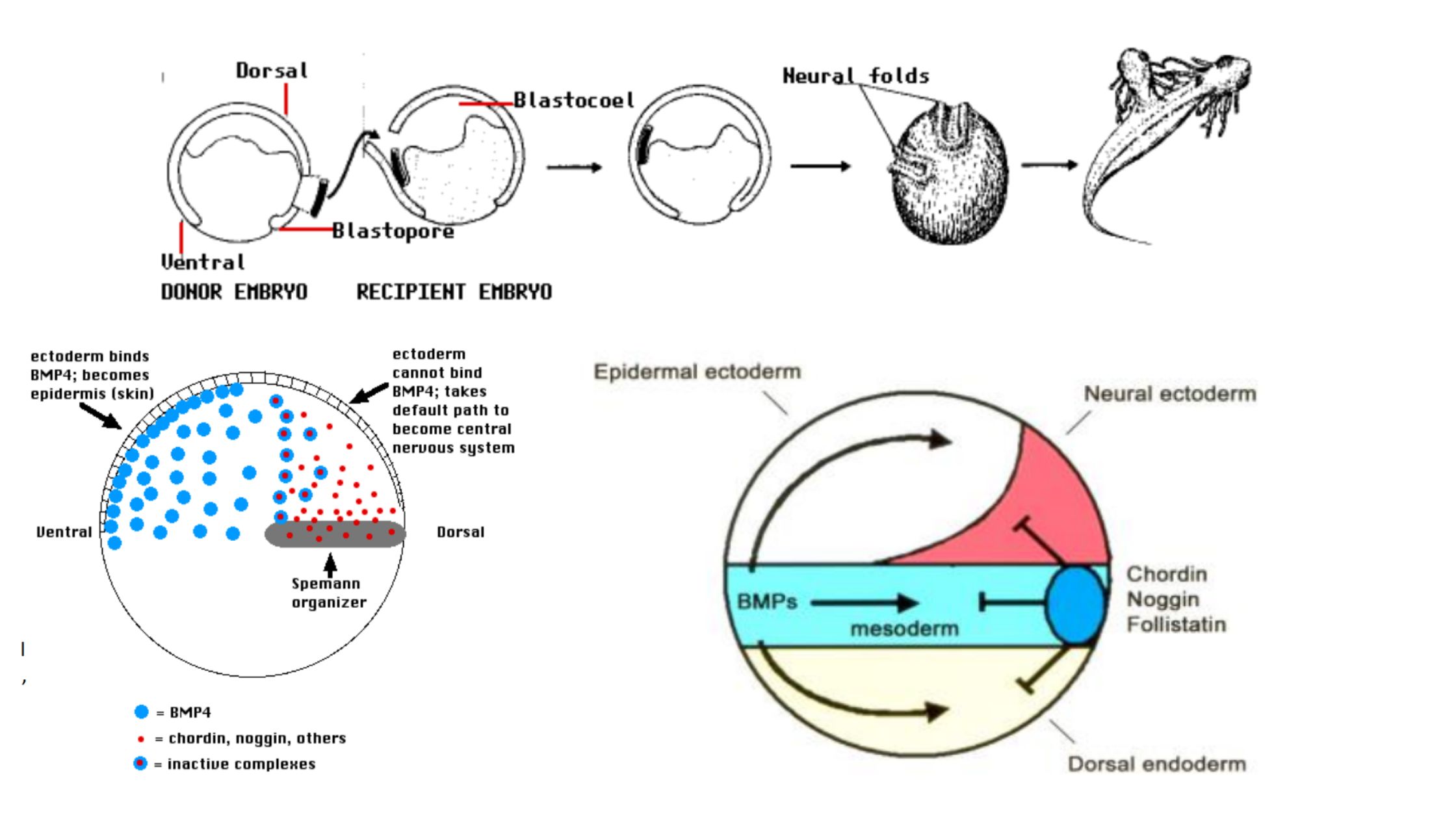Stem cell culture – Definition, Types, Application, Preparation
What is Stem cell? Classification of Stem Cells Stem cells can be classified into different categories based on their origin, potency, and differentiation potential. Here are the main classifications of stem cells: It’s important to note that the classification of stem cells is not always rigid, as there can be overlap and ongoing research to … Read more
